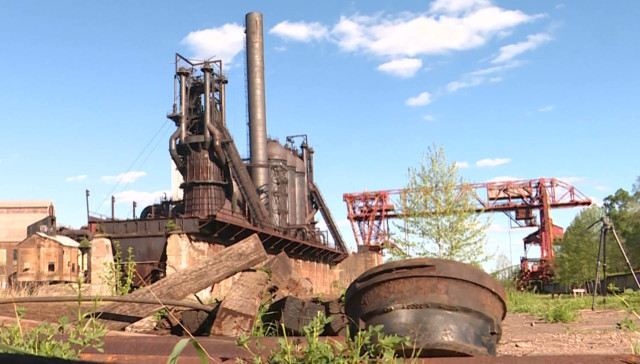Pittsburgh-based Edge Case Research is working to iron out the kinks in the system, in the hope that these sorts of collisions can be avoided out on the road. That’s the goal for CEO Michael Wagner.
CGTN’s William Denselow reports.
Their job is to try and make robots safer and Wagner said Pittsburgh is the perfect place to set up shop. He credits Pittsburgh’s Carnegie Mellon University’s Robotics Institute that’s been running since 1979.
“It attracted people that were into robotics before robotics had a lot of commercial applications. So when the commercial applications showed up and became apparent they had to come to Pittsburgh because that’s where the hundreds of experts in this field all were working,” Wagner said.
Some major companies have invested heavily in Pittsburgh as they attempt to perfect self-driving cars. Ford has put $1 billion into a joint venture with Pittsburgh-based Argo-AI as it aims to have a fully autonomous vehicle by 2021.
In Pittsburgh ordering a car through the ride sharing app Uber can be a little different. They’ve launched a pilot fleet of autonomous vehicles here in the city. So when you get collected, there’s a chance you’ll be riding in a self-driving car.
Some believe this technology can help propel a city that was hit hard when the steel industry went into decline.
“The future of work is changing for everybody and we’re at the epicenter of the top talent in those technologies that are going to make robotics and make artificial intelligence useful for our future,” Entrepreneurship expert Dave Mawhinney said.
Mawhinney is the executive director for the Swartz Center for Entrepreneurship at Carnegie Mellon University.
The tech sector may be growing in Pittsburgh but U.S. President Donald Trump has also vowed to put those in the steel industry back to work and ordered a trade investigation into exporters of cheap steel.
The Carrie Furnace employed 15,000 people during its heyday. But that was 70 years ago, and many believe it’s impossible to rekindle that level of employment now.
Ron Baraff has a measured outlook. Baraff is the director of Historic Resources and Facilities for the Rivers of Steel National Heritage Area
“Optimistically, it would be great because what that means is more jobs and more prosperity and people working,” Baraff said. “The reality of the answer is even if it does come back in some form, it’s not going to be what it was.”
When this plant was built more than one hundred years ago, it was a cutting edge facility.
While times and the industry have changed, those here still see it as a reminder of the city’s history of innovation.
 CGTN America
CGTN America
